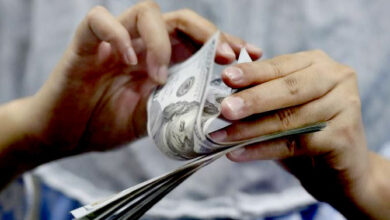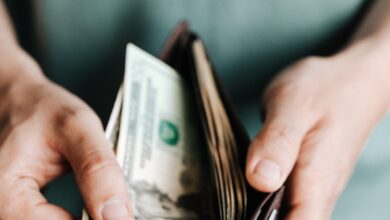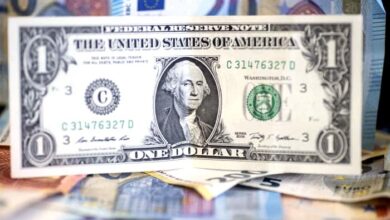As hopes grow that the Fed will back down, the dollar falls and the yen goes up.

On Thursday, the dollar was close to its lowest level in more than a month compared to a group of other currencies. This was due to growing hopes that the U.S. Federal Reserve would stop raising interest rates so quickly in order to reduce the risk of a recession.
The euro reached a high of $1.0935, while sterling was trading at $1.1645 at the start of Asian trading.Both of these were their highest since September 13, but they later lost about 0.1% each.
The yen, on the other hand, got stronger before the Bank of Japan’s policy decision on Friday. It went up to 145.11 per dollar, which was its highest level since Oct. 21.
It was up 0.72 percent to 145.35 per dollar at the end of the day.Speculation that the BOJ might change its policy may have helped, but most analysts think it will keep ultra-low interest rates the same.
Rodrigo Catril, a senior currency strategist at National Australia Bank, said, “Rate differentials and the fact that the Fed still has more work to do are still in favour of the U.S. dollar” (OTC:NABZY).
But, given how much was priced in, there has been a bit of a retracement in the dollar in the short term… We think it’s more of a consolidation of the recent moves than a sign that the dollar will keep going down. ”
Related: Asia’s currency falls after a strong rally; the dollar remains at a one-month low.
When looking ahead to the FOMC meeting next week, the markets still expect another 75 basis point (bps) hike, but it’s becoming more likely that the Fed will choose a smaller hike in December.
According to data released this week, prices of single-family homes in the U.S. fell in August, and sales of new single-family homes in the U.S. dropped in September. This is more proof that the Fed’s aggressive tightening cycle is already slowing the economy.
Overnight, the Bank of Canada announced a smaller-than-expected increase in interest rates and said it was getting closer to the end of its historic tightening campaign.
The last price of one Canadian dollar for one U.S. dollar was $1.3547.
At 109.61, the U.S. dollar index was up 0.05% against a group of currencies. Earlier in the session, it had fallen to 109.54, its lowest level in over a month.
The European Central Bank’s decision about interest rates will be the most important thing on Thursday. The markets expect the bank to raise rates by 75 basis points.
“What the ECB says will matter,” said Catril of the National Australia Bank.
“The question is whether they want to show that they are fully committed to the inflation mandate or if they want to show weakness or worry about what looks like a difficult growth outlook.”
The Australian dollar rose by 0.18% to $0.6507 as a red-hot inflation report put more pressure on the Reserve Bank of Australia to raise rates more quickly.
Australia’s inflation jumped to a 32-year high last quarter, according to data that came out on Wednesday.
Related: Germany needs billions of dollars to fix its energy crisis, but no one is buying its bonds.
Westpac said on Thursday that it expected the Reserve Bank of Australia (RBA) to raise its cash rate by 50 basis points (bps) in November. It also said that it now expects the policy rate to peak at 3.85% by March, up from 3.6%.
The kiwi rose to $0.5870, its highest level in more than a month, and was last up 0.48 percent at $0.5859.





